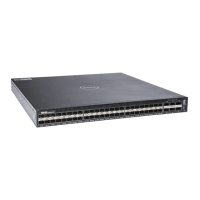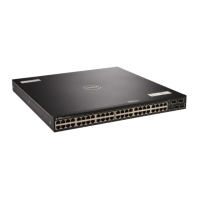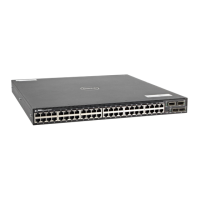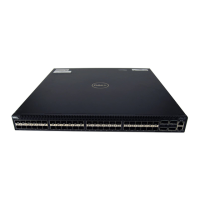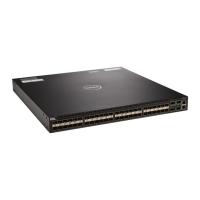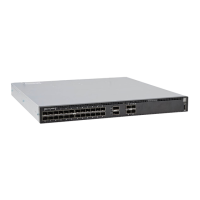Area Border Router (ABR)
Within an AS, an area border router (ABR) connects one or more areas to the backbone.
The ABR keeps a copy of the link-state database for every area it connects to, so it may keep multiple copies
of the link state database. An ABR takes information it has learned on one of its attached areas and can
summarize it before sending it out on other areas it is connected to.
An ABR can connect to many areas in an AS, and is considered a member of each area it connects to.
Autonomous System Border Router (ASBR)
The autonomous system border area router (ASBR) connects to more than one AS and exchanges
information with the routers in other ASs.
Generally, the ASBR connects to a non-interior gate protocol (IGP) such as BGP or uses static routes.
Internal Router (IR)
The internal router (IR) has adjacencies with ONLY routers in the same area, as Router E, M, and I shown in
the example in the Router Types.
Designated and Backup Designated Routers
OSPF elects a designated router (DR) and a backup designated router (BDR). Among other things, the DR is
responsible for generating LSAs for the entire multiaccess network.
Designated routers allow a reduction in network traffic and in the size of the topological database.
• The DR maintains a complete topology table of the network and sends the updates to the other routers
via multicast. All routers in an area form a slave/master relationship with the DR. Every time a router
sends an update, the router sends it to the DR and BDR. The DR sends the update out to all other
routers in the area.
• The BDR is the router that takes over if the DR fails.
Each router exchanges information with the DR and BDR. The DR and BDR relay the information to the other
routers. On broadcast network segments, the number of OSPF packets is further reduced by the DR and BDR
sending such OSPF updates to a multicast IP address that all OSPF routers on the network segment are
listening on.
These router designations are not the same ad the router IDs described earlier. The DRs and BDRs are
configurable in Dell Networking OS. If you do not define DR or BDR, the system assigns them. OSPF looks at
the priority of the routers on the segment to determine which routers are the DR and BDR. The router with
the highest priority is elected the DR. If there is a tie, the router with the higher router ID takes precedence.
After the DR is elected, the BDR is elected the same way. A router with a router priority set to zero cannot
become the DR or BDR.
Open Shortest Path First (OSPFv2 and OSPFv3) 712
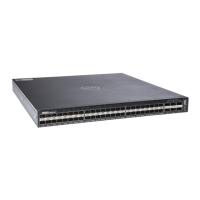
